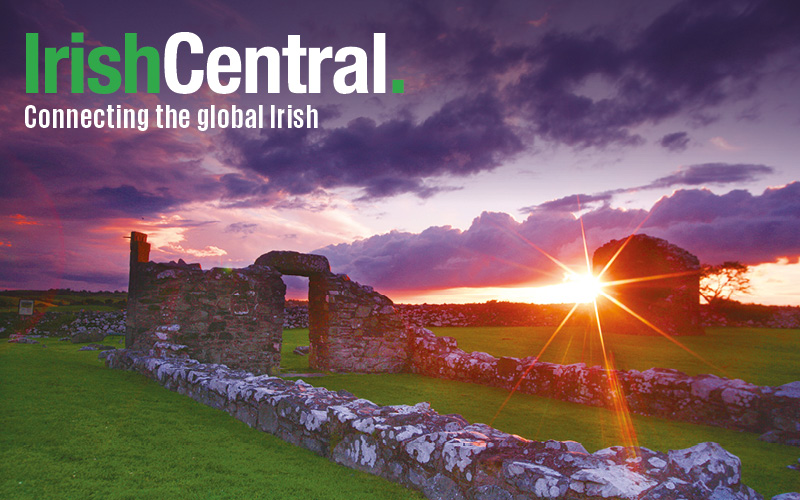On Friday, March 20, Ireland will be plunged into darkness, midmorning, as a partial solar eclipse takes place for the first time since 1999. The moon is set to cover a large portion of the sun, peaking at 9.29am.
Total solar eclipses are very rare and only occur every 400 years. The last partial eclipse visible from Ireland took place in August 1999 and the next will be in 2026.
The eclipse tomorrow will look something like this:
WHAT ARE WE LOOKING AT?
According to Astronomy Ireland, “A solar eclipse occurs when the Moon passes between Earth and the Sun, thereby totally or partly obscuring the image of the Sun for a viewer on Earth. A total solar eclipse occurs when the Moon's apparent diameter is larger than the Sun, blocking all direct sunlight, turning day into darkness.
"On this occasion 92% of the Sun will be covered in an almost total eclipse.”
Peter Gallagher, a professor of Physics at Trinity College Dublin, spoke to RTE’s "Morning Ireland" earlier this month and explained that the Irish will see 90% of the sun eclipsed.
"It will be like a sunset. It will be quite dark at 9.30am and Venus will pop out," Gallagher explained.
Although the phenomenon will be partially visible from Ireland the Faroe Islands, north of Scotland, and northern Norway will see a full eclipse.
Gallagher said, "The eclipse starts early in the morning, just off the coast of Greenland, and it rushes across the Atlantic Ocean to Ireland at 1,700 kilometers per hour. It first hits land at the Faroe Islands.”
The best views in in Ireland will be in Donegal, where - weather permitting - 95% of the sun will be covered.
WHAT TO EXPECT
David Moore, Chairperson of Astronomy Ireland, explained what the Irish can expect come Friday morning.
"A lot of people in Ireland will see it – and while it is a partial eclipse, it will be roughly 100 times darker than normal,” he told the Irish Mirror.
"The edge of the sun is dimmer, but because it is not a total eclipse, part of the sun will always be visible – a thin sliver, but light level will noticeably drop."
And just when Ireland thought that spring had finally arrived Moore explained, "We will witness a slight heat cut off, it will be noticeably colder.
"In August 1999, there was a temperature drop of 10C [50F]."
STAY SAFE
Moore also warned the public that look directly at the eclipse is very dangerous. When looking up on Friday he said, “Be extremely careful.”
"The best thing to do is create a pinhole camera, where an image of the sun is cast onto a piece of paper from a piece of cardboard, which you hold at arm’s length.
"Do not use sunglasses – even several pairs.
"Looking at the sun is extremely dangerous and infrared or UV rays hitting the retinas may cause eye damage.
"Do NOT use optical aid like telescopes or binoculars – you will be blinded before you can even blink.
"We will be just setting up a small telescope – and transfer the view safely onto a large projector."
STRANGE HAPPENINGS AND HISTORY
Moore admitted that some strange things might happen on Friday around the eclipse. He said, “I was speaking to a vet, and he noticed that birds stopped singing in the trees at the time of a solar eclipse.”
He also spoke about the effect of solar eclipses on the course of history.
"In the fifth century B.C., Greek history was altered when a warrior decided not to execute a retreat in battle during a solar eclipse and whicd led to them suffering a major defeat, and indeed the fall of the Greek Empire.
"This fall then led to the Roman Empire – would we have Christianity?"
For more information visit www.eclipse2015.ie.




Comments